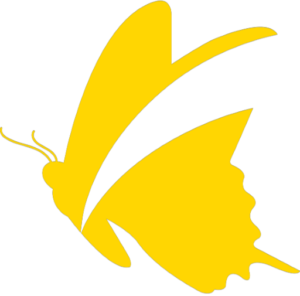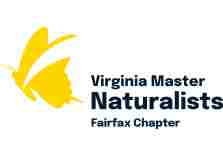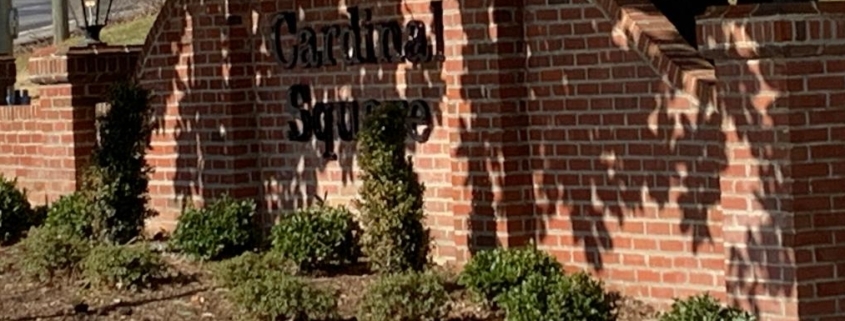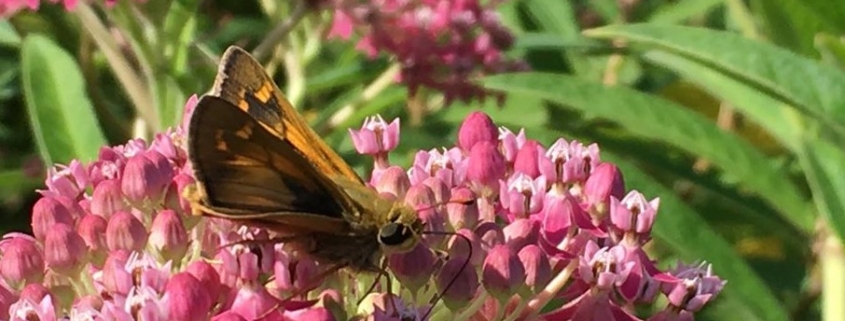Community Associations and Environmental Leadership
Photo and article by Plant NOVA Natives
Community associations are familiar local institutions. They serve residents by enacting and enforcing community rules, managing any common areas, and enhancing the neighborhood’s quality of life. In addition, in recent years, a number of community associations in Northern Virginia have chosen to expand stewardship of their lands to the native flora and fauna inhabiting them. Those organizations who have reached this pivot point came to realize that the two seemingly unrelated goals of supporting ecosystem health and maintaining property values are in fact mutually reinforcing.
This is good news, as community associations are positioned to play a transformative role in ecosystem rejuvenation and health, acting on their common land and inspiring residents to do the same on theirs. Some local HOAs own very large swaths of natural spaces, including environmentally sensitive riparian borders that protect streams and rivers across our region. They therefore have the necessary control to make both small and big decisions that can determine the future of the birds and butterflies of Northern Virginia. As an example of a project that can make a big difference, seven HOAs participated last year in a mini-grant program for invasive plant removal, supplementing professional services with volunteer help to rescue their trees.
Whether your community association manages acres of common land or none at all, there are a number of ways to lead in the environmental stewardship space. The following ideas reflect what is actually being done in various community associations across Northern Virginia. Many of these projects require little or no budget.
- Develop a natural landscaping policy for your common land.
- Set voluntary standards for landscaping on residential properties and provide residents with resources to choose native plants. Approximately 300 species of Virginia native plants are available for sale, which provide plenty of choices, whether you are looking for a natural look or a conventional landscaping plan.
- Use your newsletter or NextDoor.com to raise awareness.
- Host presentations at community meetings on the benefits of invasive plant removals and native plant landscaping.
- Develop a plan to control invasive plants on your own property.
- To keep invasive plants from spreading back from adjacent land, encourage residents to remove invasives on their own properties and to volunteer to control invasives in your local park. Adopt the roadside right of way to combat invasives there. (VDOT has a relatively straightforward permitting process for this.)
- Organize native tree plantings – see examples here.
- Join an alliance for political action. Loudoun communities can engage with the Loudoun Invasive Removal Alliance that currently represents 50 community associations and 210,000 residents in that county. Fairfax communities can engage with the Fairfax Invasive Removal Alliance that currently represents 40 community associations and 150,000 residents there.
For details about these ideas as well as many others, see the community association page on the Plant NOVA Natives website.
Community associations are reinventing themselves as we write this. As stand-alone organizations, their members can help draft and implement stewardship plans and monitor results. As alliance members, they can use their significant political clout to advocate for sustainable development and ecosystem protection. As trusted partners in the greater community, they can help reinstate the biodiversity of our region. As always, we thrive together.




